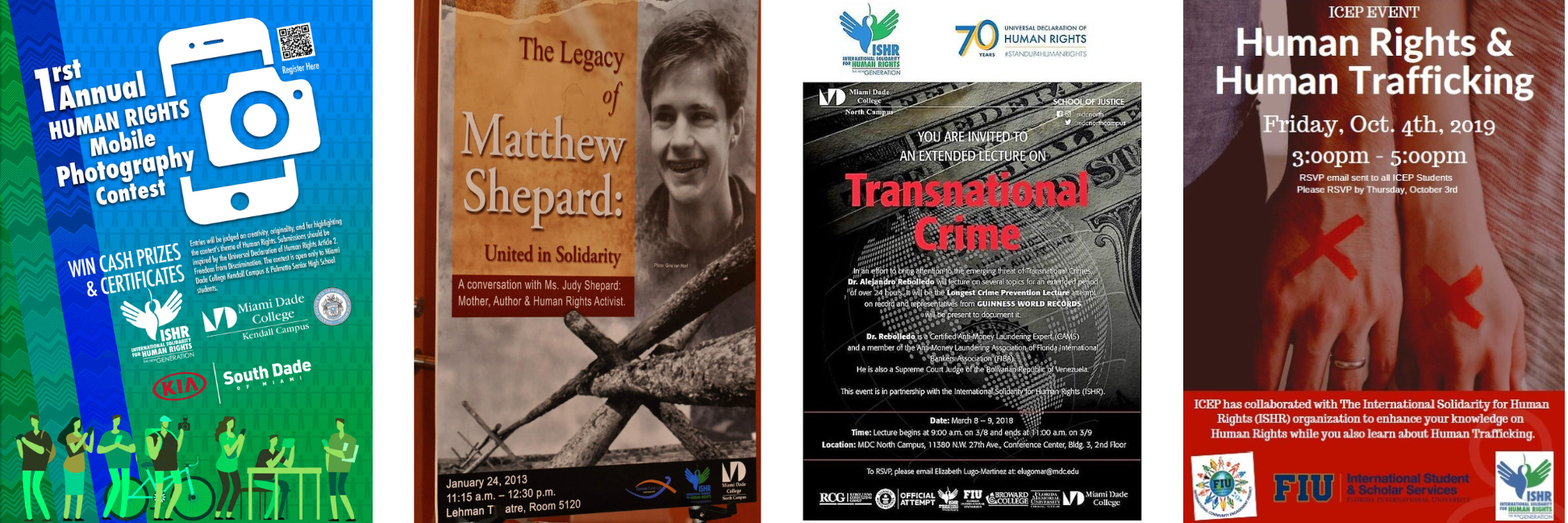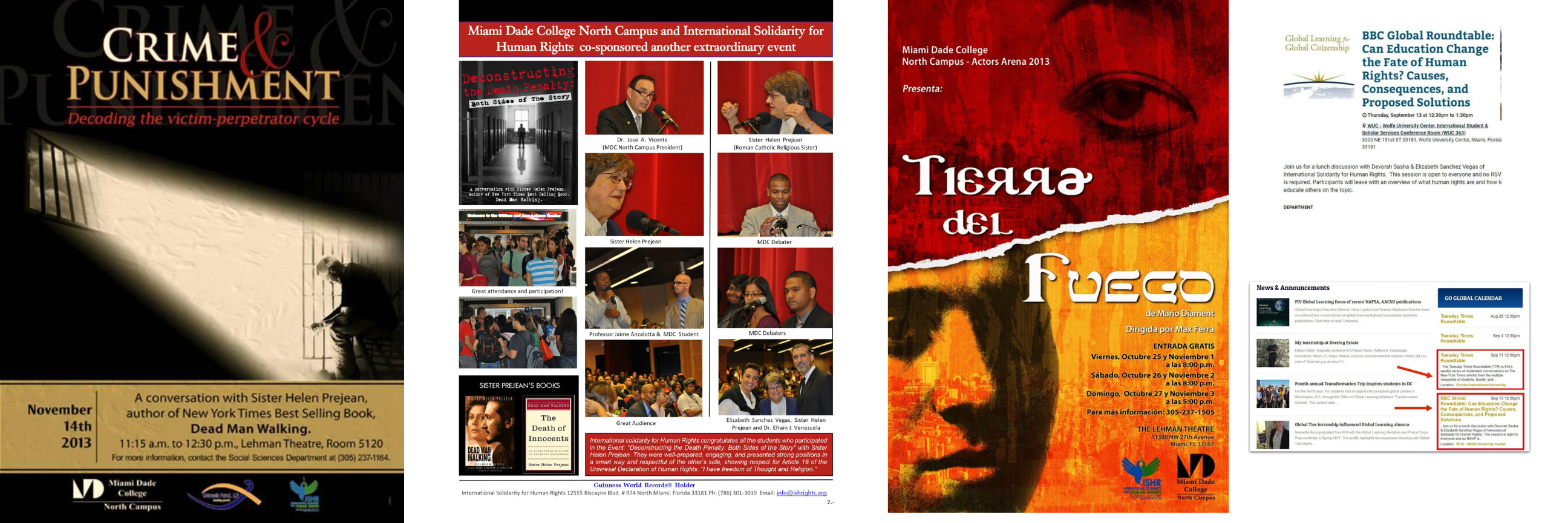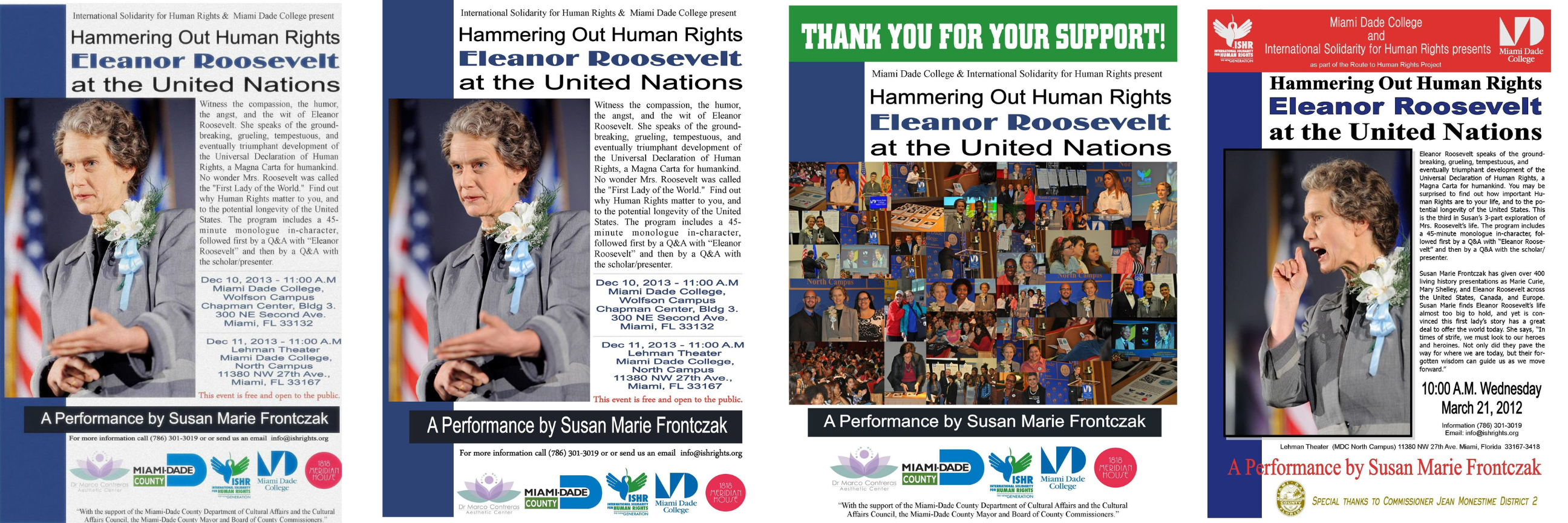Human Rights Class in a Box Higher Education
The Preamble of the Universal Declaration of Human Rights (UDHR) exhorts “every individual and every organ of society” to “strive by teaching and education to promote respect for these rights and freedoms.” The International Covenant on Civil and Political Rights (ICCPR) declares that a government “may not stand in the way of people learning about their rights.”
Lack of knowledge about human rights can make individuals, especially students and young adults, more vulnerable to having their rights violated. Without an understanding of their rights, individuals may not be able to effectively exercise them or advocate for themselves. Human rights education is therefore an essential tool for promoting and protecting human rights.
Human Rights Class in a Box for Higher Education:
- Integrated Learning: Seamlessly complement your academic studies with practical exploration of human rights principles and applications.
- Supplementary Resources: Enhance your understanding of human rights beyond the classroom with engaging materials and activities.
- Enrichment Opportunities: Expand your educational experience by participating in discussions, events, and projects centered around human rights advocacy.
- Skill Development: Develop critical thinking, communication, and leadership skills through hands-on involvement in co-curricular human rights initiatives.
- Community Engagement: Connect with peers, educators, and community members to collaborate on projects and campaigns promoting human rights awareness and action.
- Holistic Education: Embrace a holistic approach to learning that integrates academic knowledge with real-world experiences and social responsibility.
- Empowerment and Action: Empower yourself and others to take meaningful action towards advancing human rights locally and globally.
- Personal Growth: Experience personal growth and development as you deepen your understanding of human rights issues and your role in creating positive change.
- Lifelong Learning: Cultivate a lifelong commitment to human rights education and advocacy through ongoing engagement with co-curricular activities and initiatives.
Some Benefits for the students engaged in Human Rights Education integrated into Academic Service-Learning:
There are numerous benefits for students engaged in human rights education integrated into academic service-learning, including:
- Develops critical thinking skills: Human rights education promotes critical thinking by challenging students to analyze and evaluate complex social issues.
- Fosters empathy and understanding: By learning about the experiences and struggles of individuals and groups whose human rights have been violated, students develop empathy and understanding for those who may be different from themselves.
- Promotes active citizenship: Human rights education encourages students to become active and engaged members of their communities, working to promote social justice and equality.
- Enhances communication skills: Through discussions, debates, and presentations, students develop strong communication skills and learn to express themselves effectively.
- Encourages teamwork and collaboration: Many human rights education programs involve group projects and collaborative activities, which help students develop teamwork and collaboration skills.
- Provides opportunities for leadership development: By taking an active role in promoting human rights and social justice, students can develop leadership skills and confidence in their ability to effect change.
- Prepares students for the global workforce: In an increasingly interconnected world, knowledge of human rights issues and cross-cultural understanding is becoming more important for success in the global workforce.
Schools and universities interested in booking a presentation of the Human Rights Class in a Box program can reach out to International Solidarity for Human Rights via email at info@ishrights.org.
We look forward to collaborating with you to bring this enriching educational experience to your institution!






